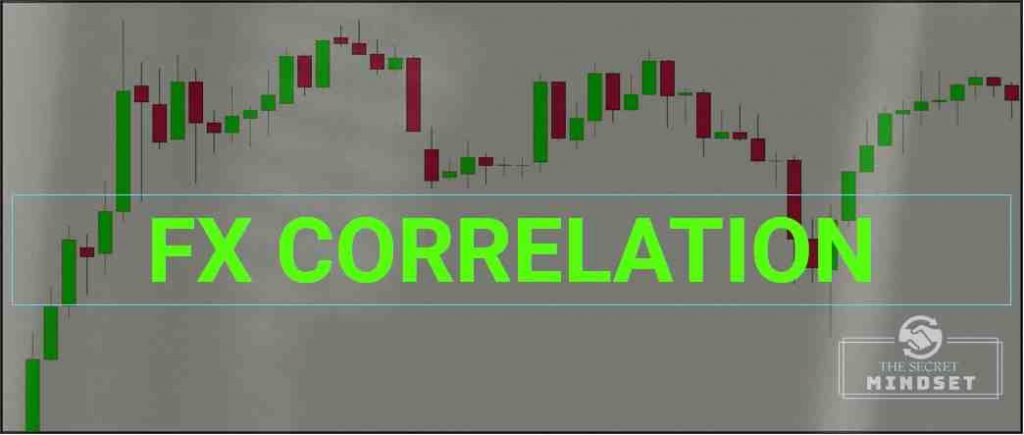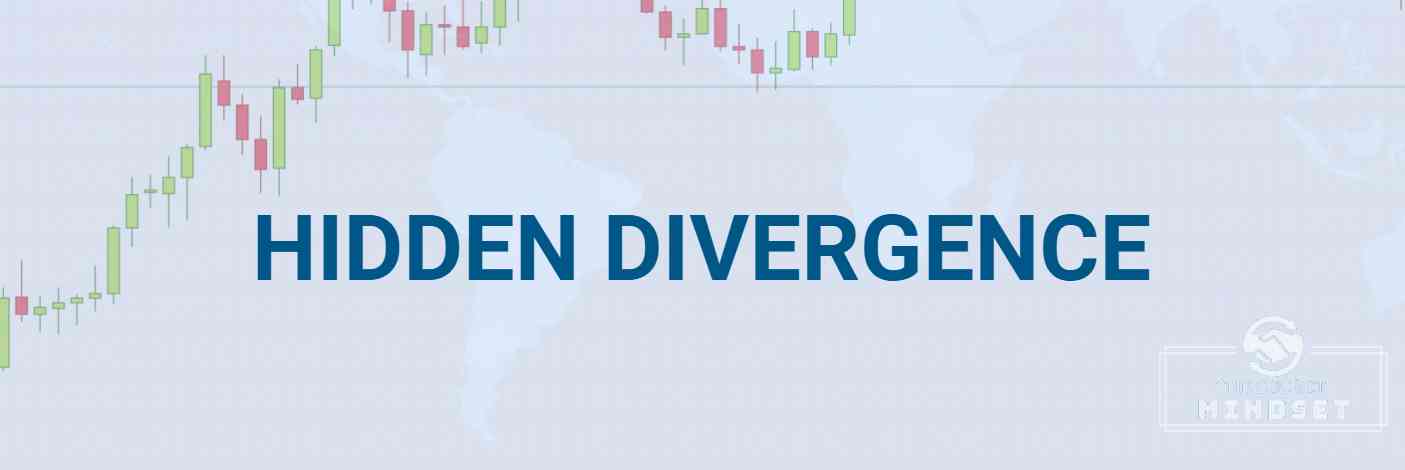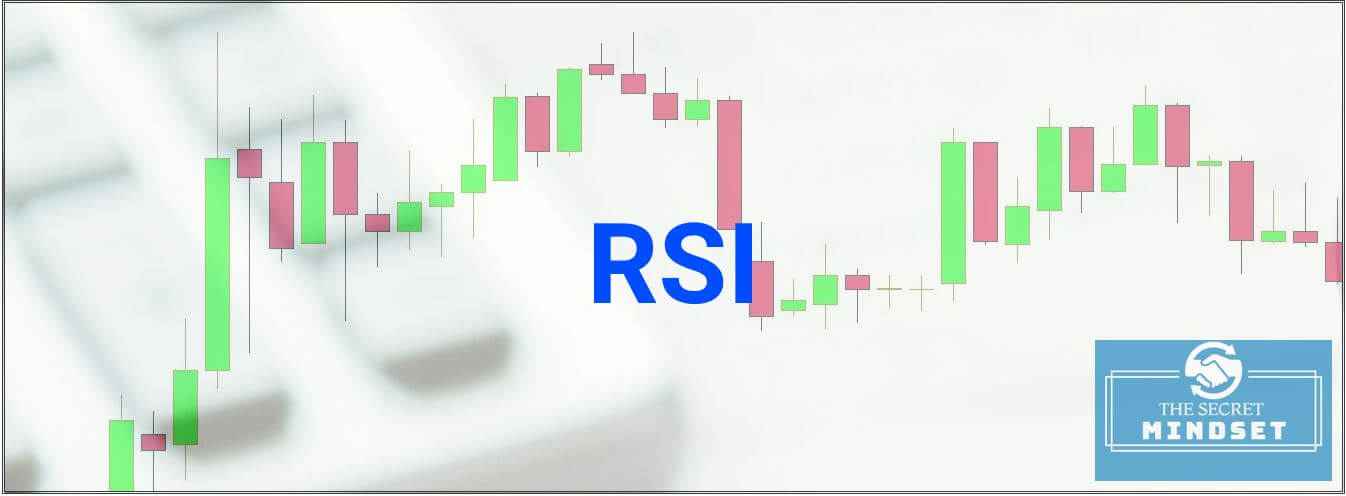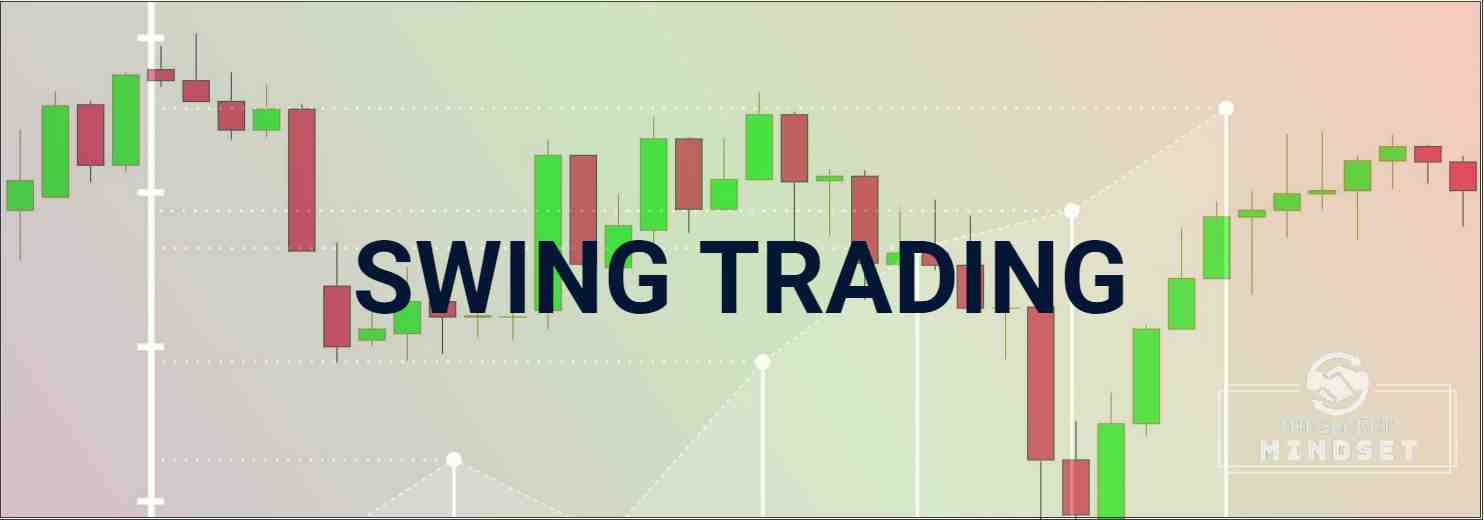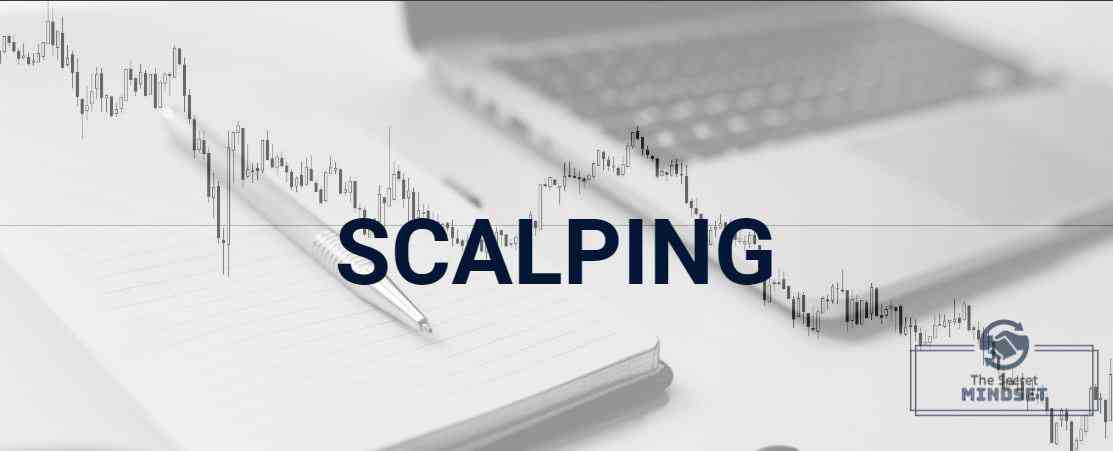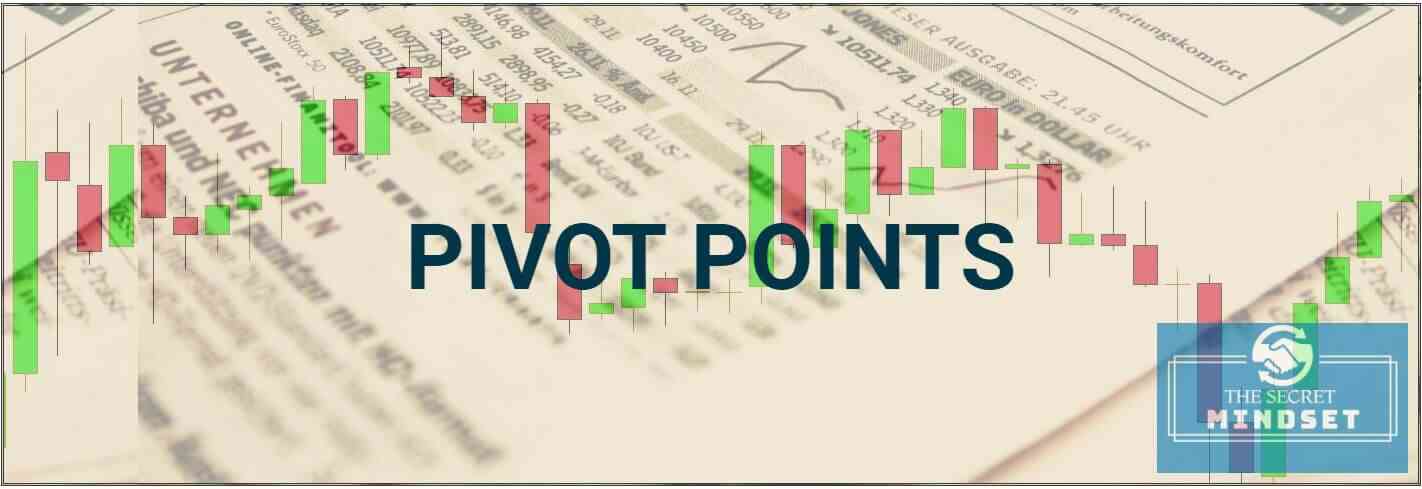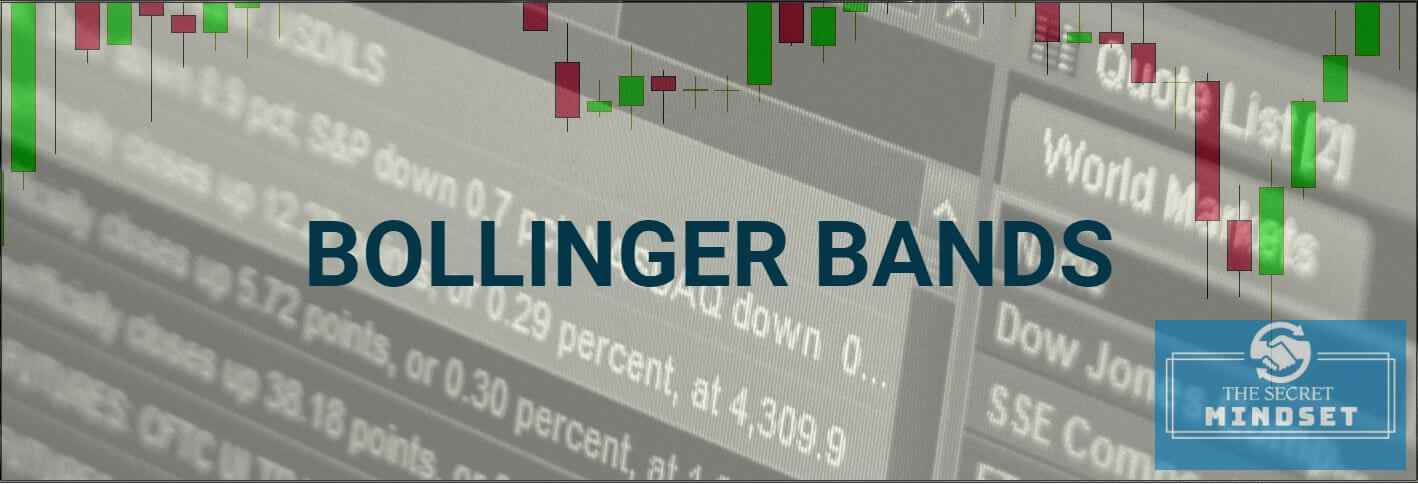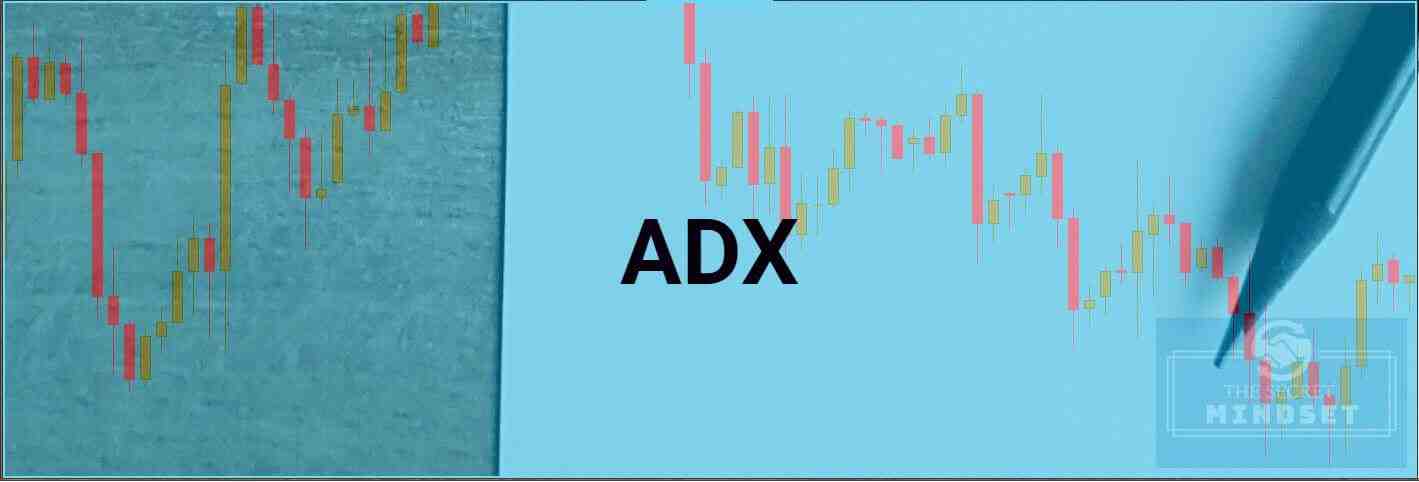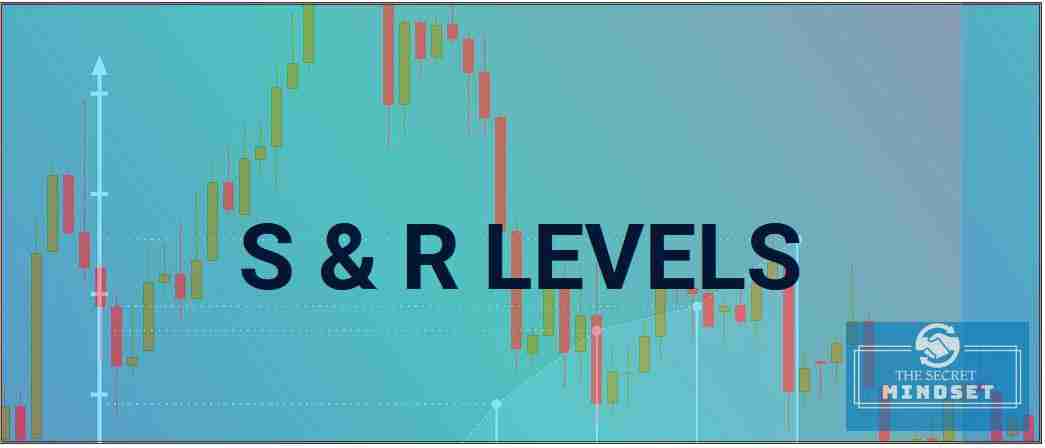Table of Contents
What Is A Forex Correlation
A Forex correlation denotes the link between quotations of two different currencies or the extent to which a change in a currency determines changes to the other currency. The correlation may be:
- Positive, if both currencies tend to move in the same direction
- Negative, if the modification of one currency determines an opposite reaction to another.
The currency pairs are not traded independently one from another, they are all connected, interlinked. For example, two of the most traded currency pairs on the Forex market EUR/USD and GBP/USD are positively correlated with each other, the base currency is the US dollar. This means that any change in the strength of the US dollar directly reflects in the currency pair as a whole.
Forex market also has non-correlated currency pairs, the main ones being USD/CHF, USD/JPY and USD/CAD. This means that despite the fact that the base currency is the US dollar, a change in its strength would move the pairs in opposite directions.
Positive correlations readings around 0.90 level indicate a very strong and positive correlation, while negative figures of -0.90 show a very strong negative correlation.
Figures near 0 level suggest zero or insignificant correlation. This means that the currency pairs are completely independent and random from each other.
The degree of correlation between currencies may influence the level of risk associated with the trading account when dealing with multiple currencies at the same time. For example, entering the market in long positions on EUR / USD and GBP / USD increases the exposure to risk against the US dollar. In theory, there is nothing wrong with this, but we should not forget that risk diversification is an important aspect of the money management process.
Forex – Oil Correlation Example
Forex correlation is influenced by various factors: demand and supply, interest rates, economic growth and much more. Specifically, economic growth and exports are directly linked to the country’s domestic production. Therefore, it is natural for some currencies to be closely linked to raw material prices.
The currencies with the most significant correlation with the price of raw materials are the Australian Dollar (AUD), the Canadian Dollar (CAD), and the New Zealand Dollar (NZD).
Other currencies, such as the Swiss franc or the yen, have a lower correlation.
There are several less obvious reasons for a decrease in the price of oil, including a stronger dollar (because oil is quoted in dollars) as well as a global reduction in demand. Being a major oil exporter, Canada is severely affected by the decrease in oil prices, while Japan (the general importer) is enjoying the benefits of this decline.
USD CAD – OIL Correlation Example
- During 2006 and 2009, the correlation between the Canadian dollar and the oil price was about 80% (although this correlation can change in the long run, the changes will also be correlated)
- Canada ranks third among the top crude oil reserve (below Venezuela and Saudi Arabia), accounting for around 10.2% of the total, or 172 billion barrels. It produces 4.7% of the world’s oil, being the fifth largest supplier and will continue to grow on the list due to the large reserves that have been discovered.
- Canada’s reserves have attracted the attention of many importing countries, such as China. Canada’s close relationship with the United States also plays an important role because the United States cannot meet all its needs from domestic production alone.
All of these factors influence Canada to be extremely sensitive to oil price fluctuations. There is a positive correlation between the Canadian Dollar and oil: when oil prices are rising, CAD is appreciating.
In order to know the reverse of this mechanism, we have the example of Japan, which bases its oil consumption almost entirely on imports due to own resource shortage. In contrast to the US that consumes only 50% of imported oil, Japan is extremely dependent on changes in the price of oil. Imagine that 49% of Japan’s energy production is based on oil, and the oil price rises by 30%, this would affect Japan in a negative way.
Forex – Gold Correlation Example
It is common knowledge that if you trade Australian dollars (AUD), is it like practically trading gold. With the largest known gold reserve, Australia ranks second in the top-ranked countries with the largest gold production (below China).
Australia has the largest amount of gold extracted and processed in the last 15 years: 300 tons of gold, with reserves of 9,100 tons of gold identified.
The Australian dollar has a positive correlation of 89% with gold, meaning that when the gold price rises, AUD appreciates.
Australia’s proximity to New Zealand makes Australia the favorite destination for exports to New Zealand. The latter’s economic condition is therefore closely linked to that of Australia, which explains why NZD / USD and AUD / USD have also a positive correlation.
The NZD / USD correlation with gold is slightly lower than of the Australian dollar, but it also reaches quite high proportions.
As the price of gold is expressed in dollars, when the dollar is appreciating, the price of gold decreases – a negative correlation.
Forex Correlation Examples
The ability to correlate of currencies could play an important role in your trading activity. A negative correlation could be used to hedge the portfolio.
For example, if you have a long (buy) position on USD CAD and want to cover your risk position, you can short the oil price. As a result of the negative correlation between the two instruments, profits and losses will be lower. When you win in a position, you lose in the other.
Correlations can also be used to diversify the portfolio. The less correlated the assets, the more diversified the portfolio.
Understanding correlation between currency pairs is very important to determine your portfolio’s exposure to market volatility. If you have multiple transactions with different currency pairs in your trading account, you should always be aware of your risk exposure. Understanding the relationship between currencies and their correlation is key. You might think that you are diversifying your risk by hedging different pairs, but if you misinterpret the currency correlation, you might damage your account irreversibly.
Also, currency correlation is not set in stone. Although the correlations between currency pairs can be positive or negative for months or even years, they could and they will change over time. These changes are related to interest rates amendments, changes in monetary policies, or as a result of many economic or political events affecting the market sentiment.

